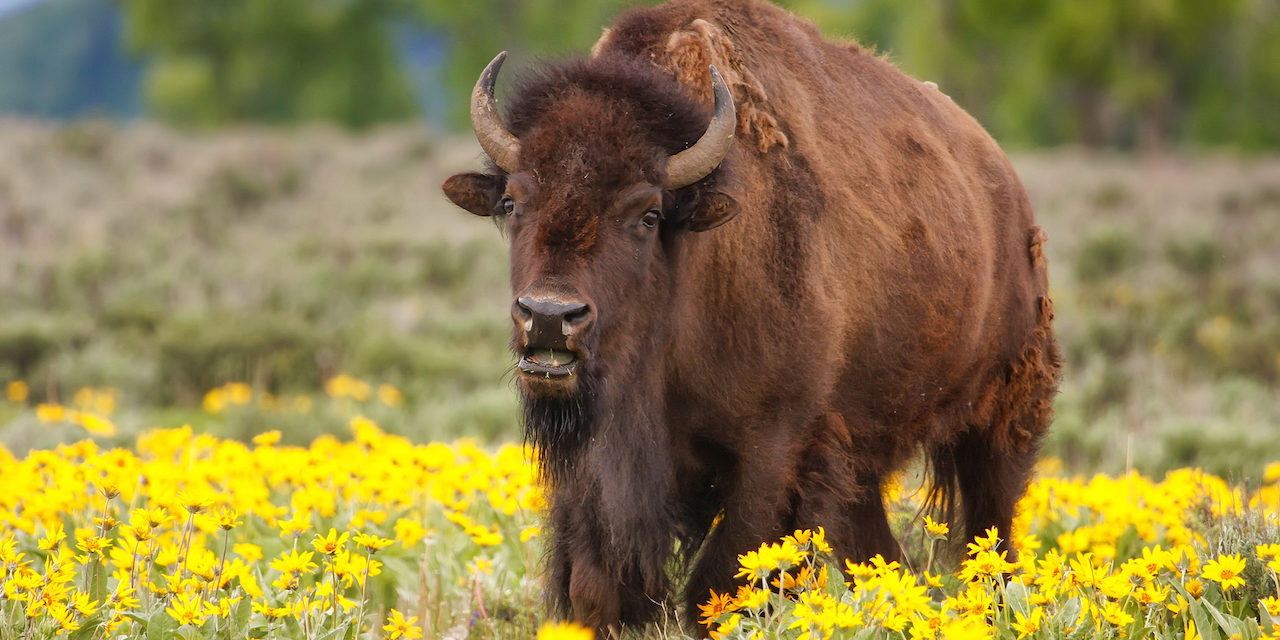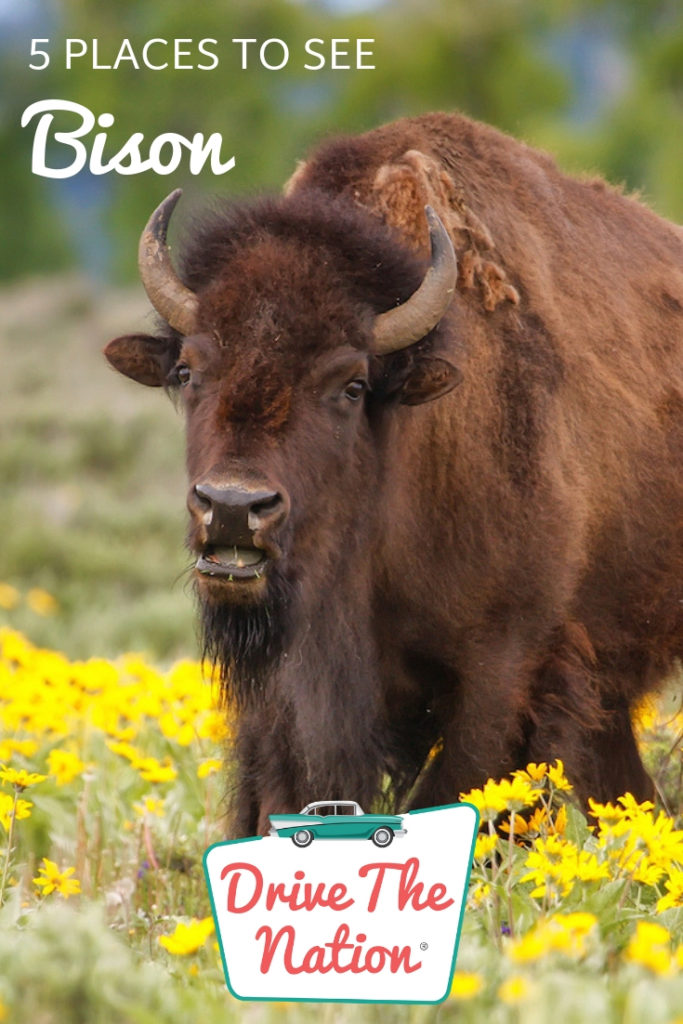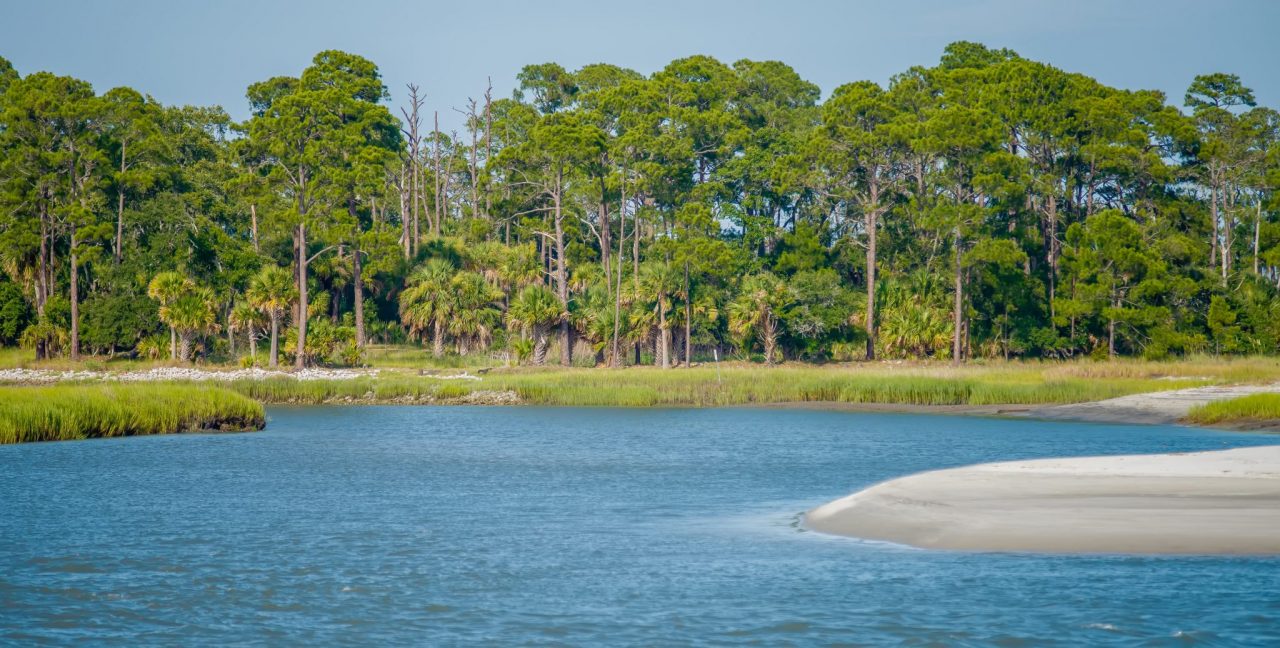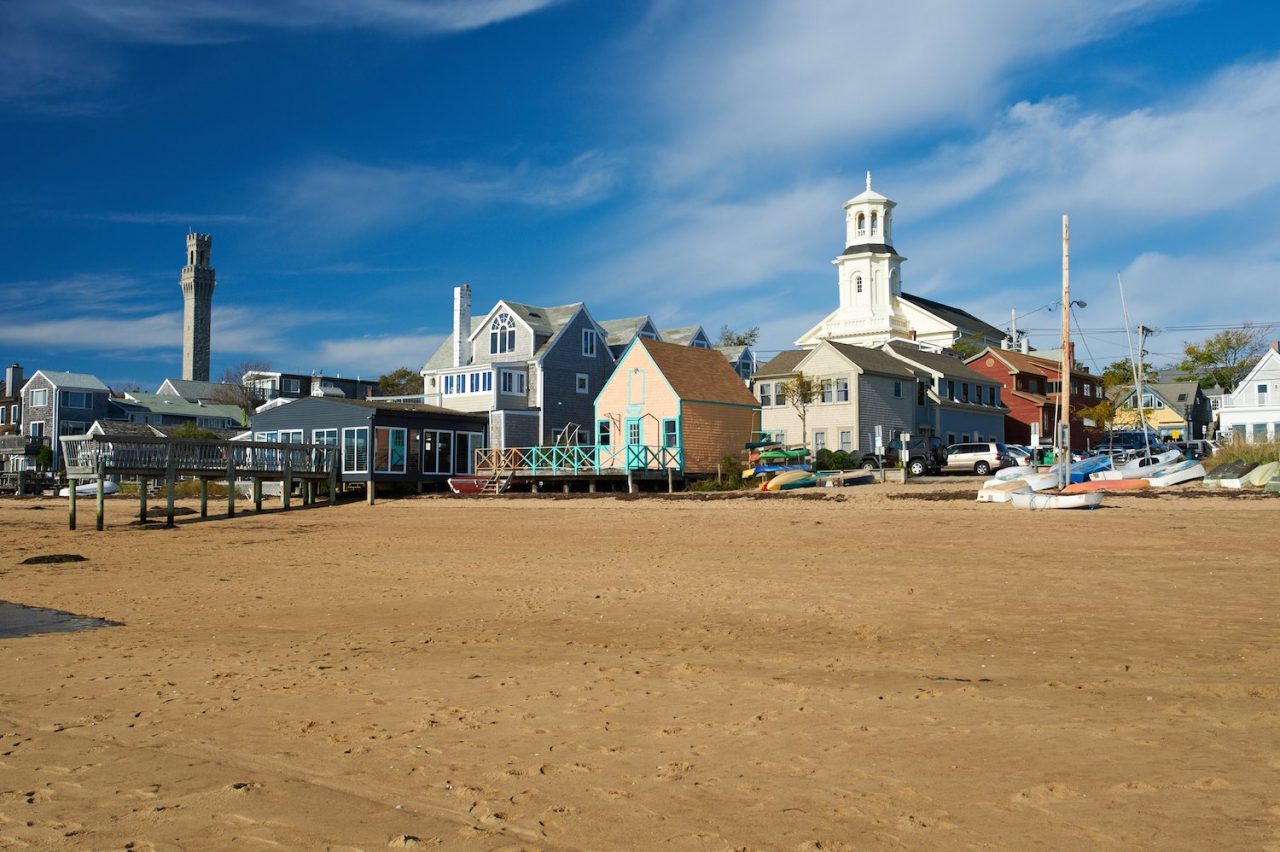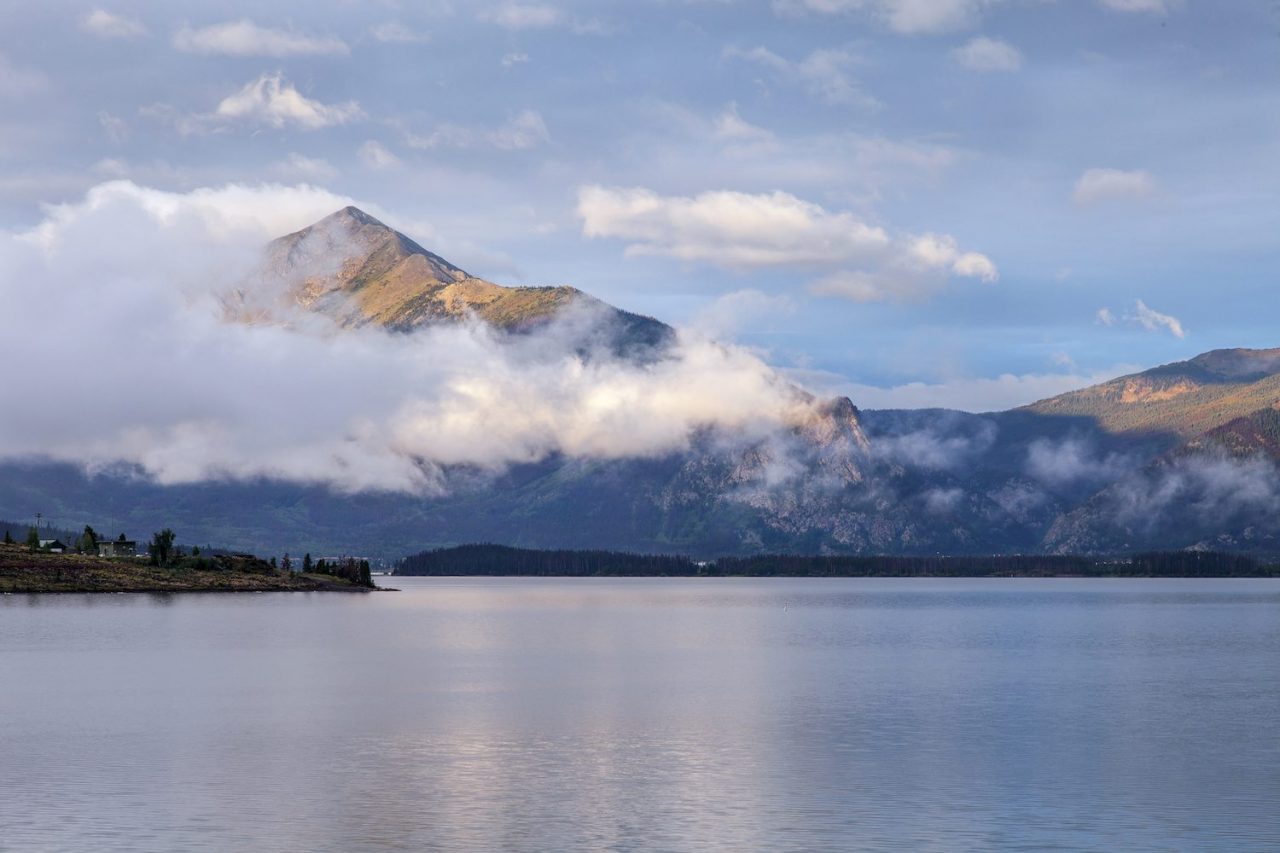If you grew up in the United States, chances are you are familiar with most of the words to Home On The Range. You know- where the buffalo roam, and the deer and antelope play. Except, did you know it’s actually Bison doing the roaming, not Buffalo?
In this post, you will discover five places to see Bison. And we’ll also explain the differences between the two animals.
Buffalo or Bison?
Yes, two different animals. Though the names are frequently used interchangeably, they are not the same.
All the confusion is said to date back to when the first European settlers arrived in North America. They came across millions of bison and likely noticed similarities between them and the Buffalo of Asia and Africa. So, they began referring to them simply as “Buffalo.” And even though the name was technically incorrect- it stuck. Fast forward several centuries to current times and people are still getting them mixed up.
While Buffalo and Bison are in the same family, they are not as closely related as you think. They’re more like distant cousins with matching horns than long-lost brothers.
Bison are burly, and shaggy, with unusually big heads and a noticeable shoulder bump. They’re the largest land mammals in North America, weighing up to 2,000 pounds.
Buffalo, are smaller, with no hump whatsoever.
While both are beautiful animals to see, let’s talk about where to find Bison here in the United States.
Yellowstone Park (Idaho, Montana, Wyoming)
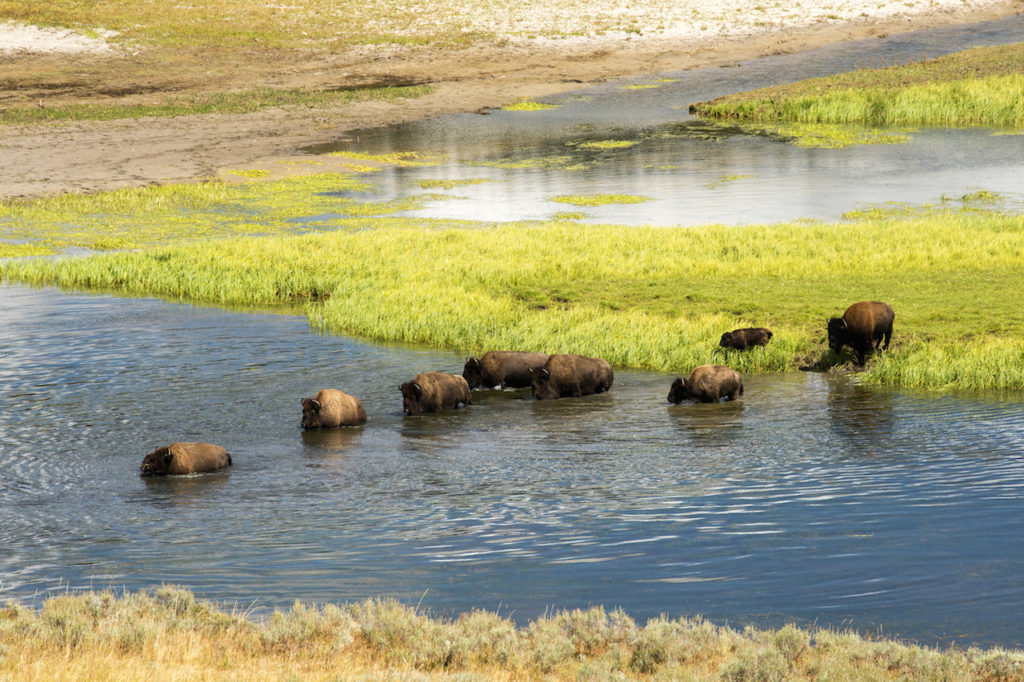
Thousands of bison live throughout North America. However, most of them are not considered pure since, over the years, they have been cross-bred with cattle and raised as livestock.
In Yellowstone Park, the bison are genetically pure because the species has lived there continuously since prehistoric times. Currently, there is about 4,900 bison which roam freely throughout the park. Due to the park’s popularity, you can expect a large number of tourists anytime you visit (especially during summertime). But it is an experience you should have at least once in your life. In other words, it’s worth it. Brave the crowd.
Rocky Mountain Arsenal National Wildlife Refuge (Colorado)
If you’re visiting downtown Denver, take a short 8-mile trip to the Rocky Mountain Arsenal National Wildlife Refuge. It is one of the largest urban wildlife refuges in the nation. There you will find wild bison. If you’re on your way out of Denver, you might even be able to get a glimpse of them from the road to the Denver Airport.
Theodore Roosevelt National Park (North Dakota)
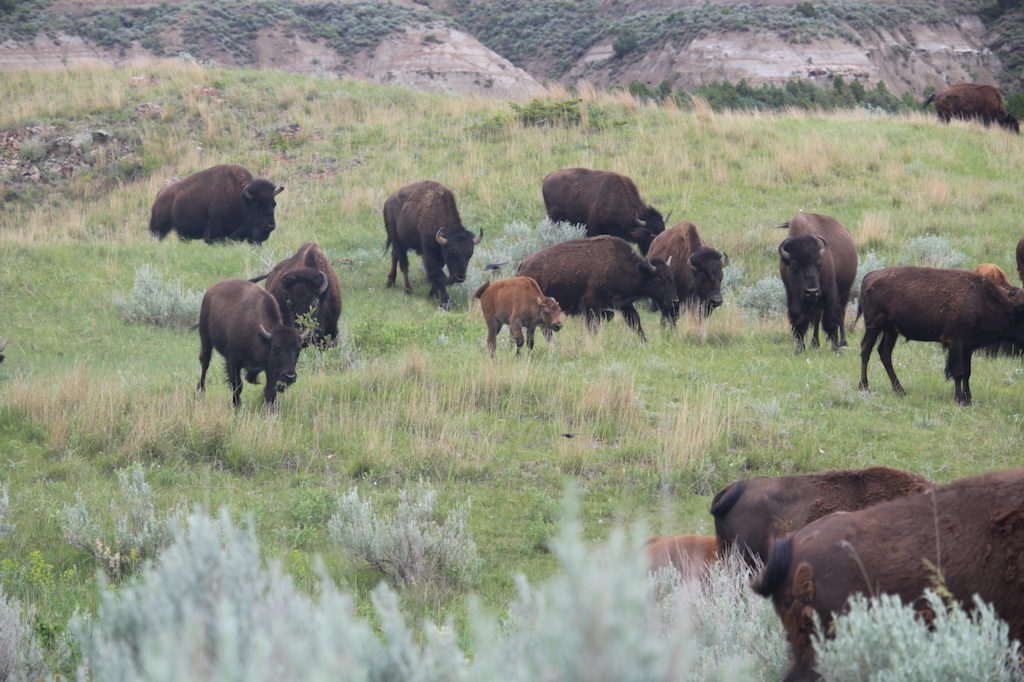
The Theodore Roosevelt National Park is a quiet park located in the Badlands of North Dakota, which has hundreds of bison in two different portions of the park. It’s somewhat of a hidden gem, which means you won’t have to fight through a crowd to explore here.
President Roosevelt who formerly went bison hunting later helped head the American Bison Society to help keep the animals from going extinct.
Custer State Park (South Dakota)

If you’re traveling around September, stop by Custer State Park for the annual Buffalo Roundup. (And let them know they’re bison.) The event is free to the public.
If you can’t come during autumn, visit anytime throughout the year, and take a guided jeep tour to view the herd that wanders on the property.
Catalina Island Conservancy (California)
So, this one is kind of an interesting spot to explore, just because Bison aren’t native to Santa Catalina Island. How did they get there then, you ask?
Well, Hollywood brought them in as props for a film, and they’ve been there ever since. Today, the Catalina Island Conservancy manages a couple hundred buffalo on the island as a “domestic” herd.
Visit the Island and go on a nature trail, or take a jeep tour. If you’re lucky, Bison isn’t the only animals to marvel at there. There are also bald eagles,
Careful
There aren’t very many experiences as awe-inspiring as getting to see wild animals up close. Enjoy your time, but do keep in mind that they are still wild and unpredictable animals with horns, who can outrun humans. So explore at a safe distance.

